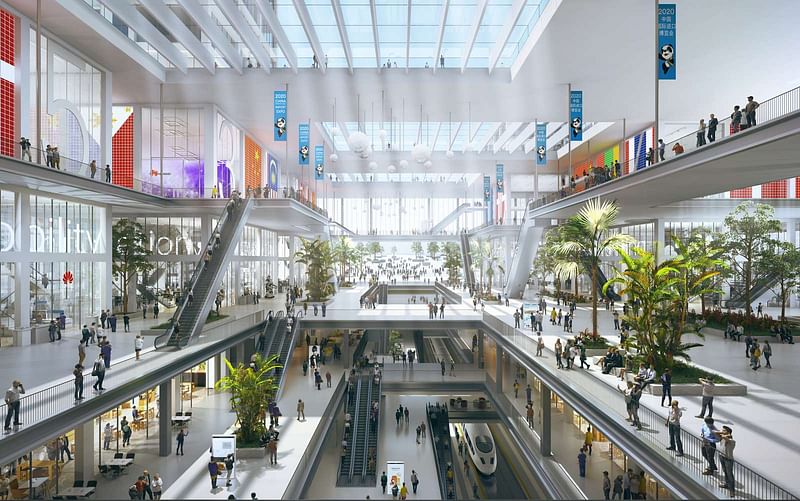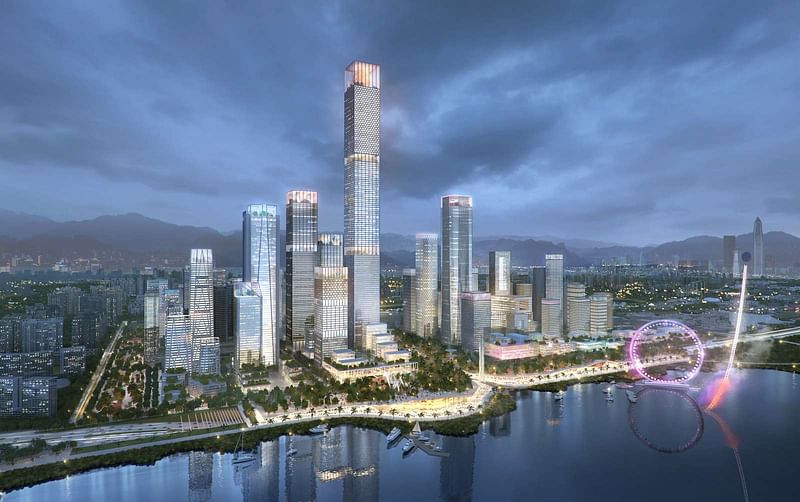Henning Larsen Architects to co-design Shenzhen Bay Headquarters City masterplan
By Justine Testado|
Tuesday, May 7, 2019

Related
Henning Larsen Architects has been on a roll with design competitions in recent months. In one of their latest wins, the Danish firm was selected as one of three winning teams to collaboratively design the new 5.5 million m2 Shenzhen Bay Headquarters City masterplan that will become the new center of Shenzhen.
Moving forward, Henning Larsen will work with the other two winning teams and the government to refine the design and propose a coherent final masterplan. The firm shared details of their proposal, which you can check out below.

The ambitious masterplan will transform evolving Shenzhen into the waterfront city it always should have been, says Claude Godefroy, Partner and Design Director of Henning Larsen’s Hong Kong office. “To create an attractive waterfront we brought commercial and cultural facilities meters away from the seashore, so citizens will finally be able to enjoy the atmosphere of Shenzhen Bay in an activated urban environment, like in Sydney, Singapore or Copenhagen,” he adds.


Central to Henning Larsen's designs, this masterplan prioritizes being a more pedestrian-friendly design. Cars will be relegated to an extensive underground network of highways, roads, and parking. Above ground, the basement levels of the district will be interconnected in a network of retail arcades and sunken plazas to replace outsized shopping malls. Having smaller buildings placed between the towers will create narrow alleys and small piazzas for people to access.
This porous structure also allows for natural ventilation to help cool down the area during summertime. The district will also reportedly include 10,000 trees as well as roof gardens and white-washed streets.


Responding to the needs and demands of today's millennials and future generations, the masterplan includes smaller "Cities" cultural, social, and economic purposes: Nature City, Shared City, Smart City, Knowledge City, Art City and Leisure City.
For instance, Art City will accommodate arts and cultural public programs, installations, and exhibitions. Based on the growing sharing economy, Shared City will provide dedicated buildings for co-working spaces, meetings rooms, and coffee shops.


RELATED NEWS “We want to create a village, not a monolith”: Henning Larsen to design NØRR office + cultural space in Paris

RELATED NEWS Henning Larsen to redesign the Opéra Bastille in Paris





Share
0 Comments
Comment as :